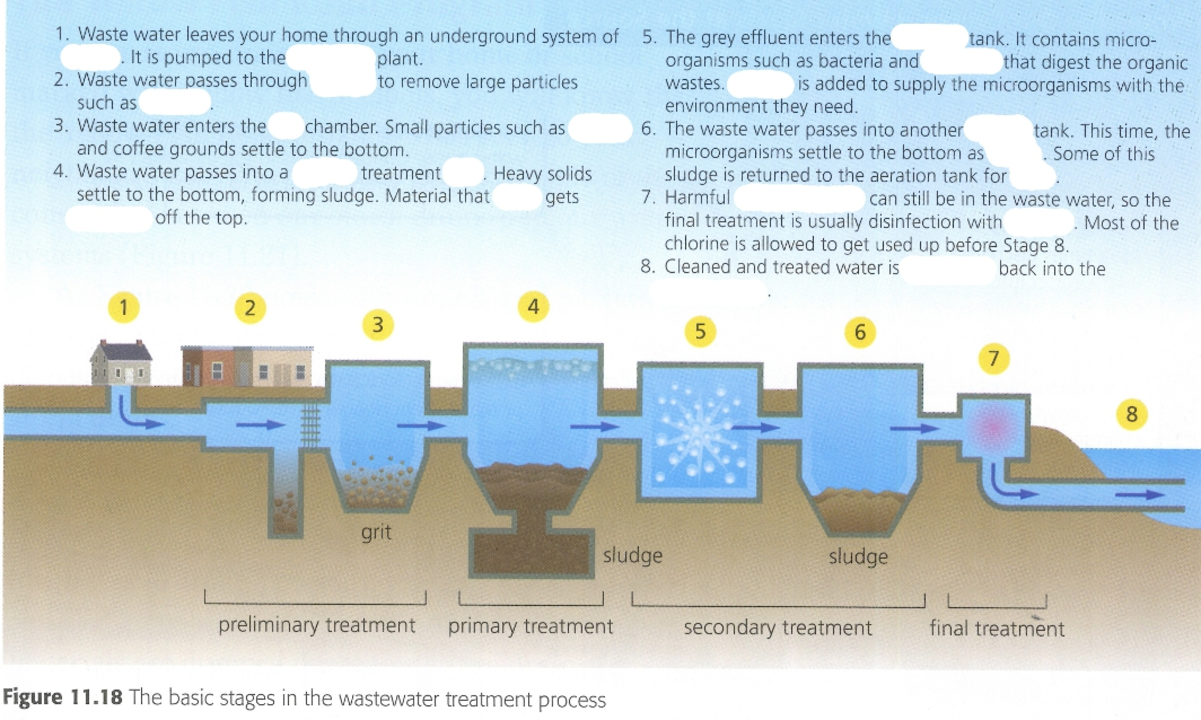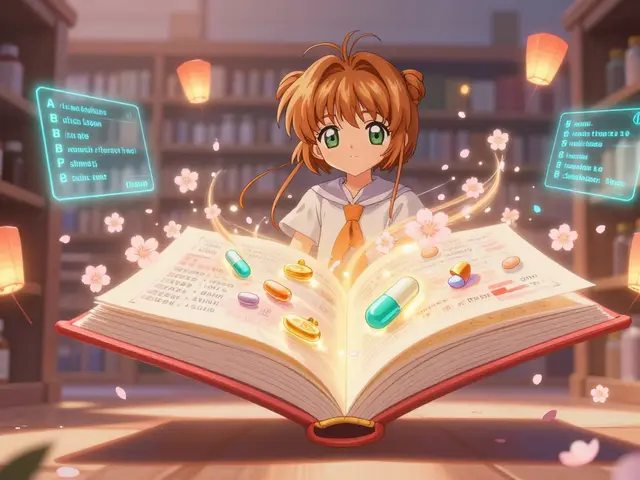Wastewater Treatment: What It Does and Why It Matters
Wastewater treatment keeps our water safe, stops diseases, and protects the environment. When sewage and runoff aren't treated, bacteria and viruses that cause gut infections can spread through drinking water, food, and contact. That makes treatment a core public‑health step — especially in places with crowded housing or poor sanitation. If you're curious about how treatment works or what you can do locally, this page sums up the essentials in clear, practical terms.
How wastewater treatment works — the simple stages
Treatment plants use a few basic steps that you can picture like a cleaning line. First, large bits — plastics and grit — are removed. Next, solids are allowed to settle out in tanks. Biological processes then break down organic waste using bacteria (this is where 'secondary treatment' happens). Finally, water goes through filters or disinfection — commonly chlorine or UV light — to kill remaining germs. Some plants add extra steps (advanced filtration or nutrient removal) when they want to reuse water or protect sensitive lakes.
Common systems you might hear about: activated sludge (fast biological treatment), membrane filtration (tight physical filter), and ponds or lagoons (slower, low‑tech biological treatment). Each method fits different budgets, space limits, and water quality goals.
What you can do — small actions that add up
Not everyone runs a treatment plant, but you can help reduce pollution and disease risk. First, never flush unused medications or pour chemicals down drains — those can harm treatment processes and end up in waterways. Use local drug take‑back programs or follow pharmacy disposal advice. Second, avoid pouring fats and grease down the sink; they clog pipes and overload systems. Third, support community efforts that push for safe water supplies and proper sewage collection — collective action lowers enteric infections and improves overall health.
If you care about the public‑health side, check out related reads on this site. Our piece on community involvement in preventing enteric infections explains practical local steps people and neighborhoods can take. For health‑related topics, we also cover how infections connect to sanitation, and why clean water matters for medication safety and disease prevention.
Finally, if you live in a place with limited infrastructure, simple low‑cost options like improved latrines, sealed pit toilets, and small constructed wetlands can make a big difference. They reduce pathogen spread without the cost of full treatment plants. Ask local health or water authorities what solutions fit your area.
Got specific questions about treatment methods, or want links to local resources? Browse the related articles listed under this tag or contact us — we point you to practical, trustworthy steps for safer water and healthier communities.
The environmental benefits of using magnesium hydroxide in wastewater treatment
As a concerned citizen, I've recently been researching the environmental benefits of using magnesium hydroxide in wastewater treatment. I've discovered that it's an eco-friendly alternative to traditional chemicals, as it helps to neutralize acidity and remove harmful contaminants. What's more, magnesium hydroxide doesn't produce any hazardous byproducts, making it a safer choice for both our planet and our health. Its use also reduces the formation of sludge, which in turn lowers disposal costs and lessens the environmental impact. Overall, embracing magnesium hydroxide in wastewater treatment is a smart move towards a cleaner, greener future for all of us.


